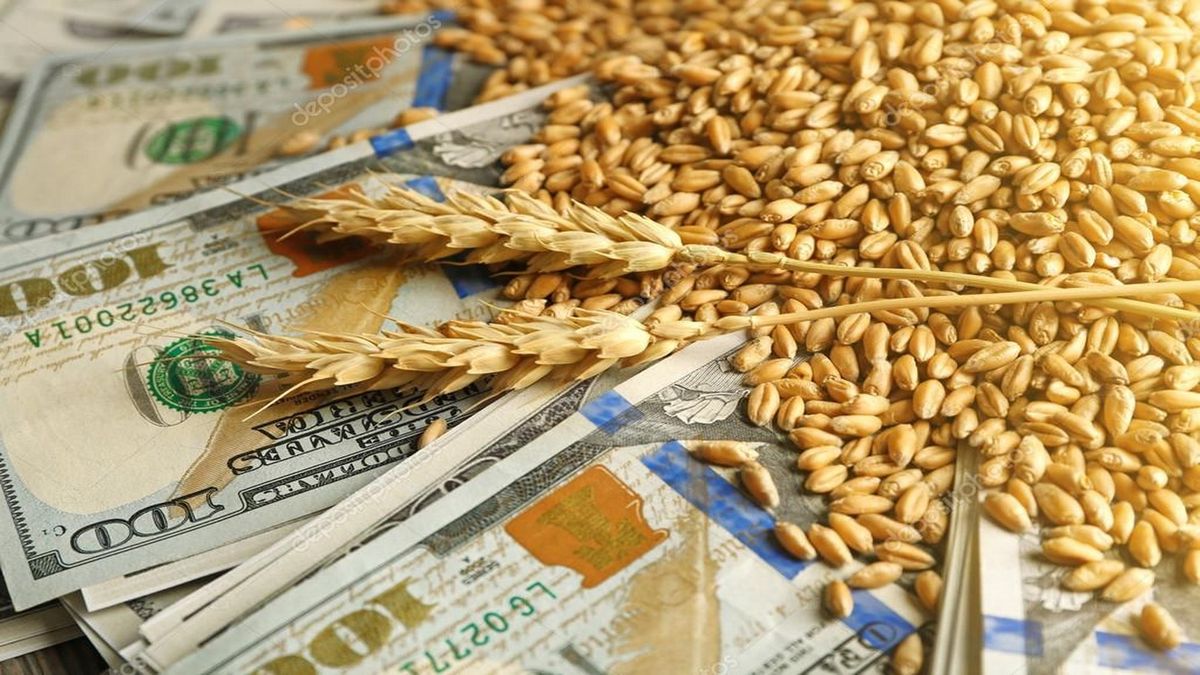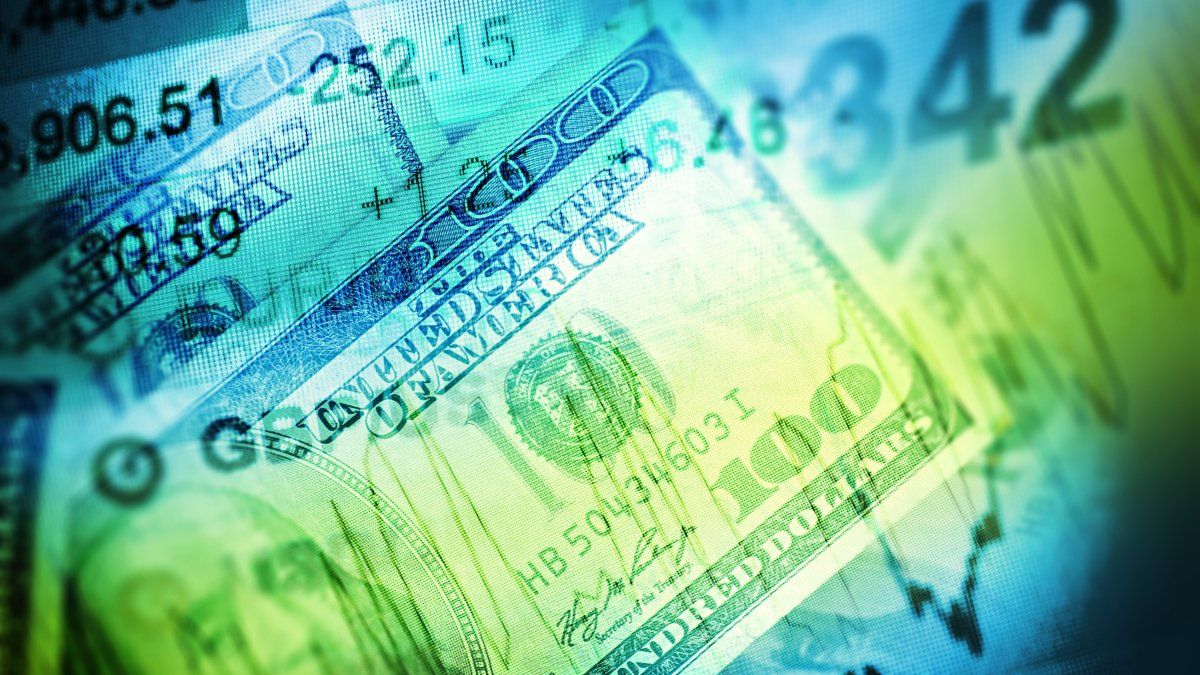In the same line, Guido Lawrence, director of LCG, assured that the projections for 2022 are 60%, when in January they were 55%. In any case, he anticipated that it may not be the final number: “In February we changed to 60%, but today we do not have a number, what if we know that this is the floor, when before it could be the point estimate”. The variables that will be followed to see the impact on their projections will be the price of food, fuel, the evolution of the exchange rate and wages.
Meanwhile, Analytica also has a projection of 61% for 2022. The data considers “a jump in inflation in March, and a high percentage for April,” he said. Claudio Caprarulo, Director of Analytics. Going forward, they could recalibrate projections “based on the government’s comprehensive reaction,” he added.
“We expected an acceleration of inflation in the first months of the year, due to the change in the devaluation pattern, but in January and February seasonal and food prices rose above what we projected. And to that we must add the impact of the war that will be felt in March”, he anticipated. Caprarulo highlighted the international shock: “The challenge is how the economic program manages to adapt to an environment where the IMF is already talking about lower growth with inflation accelerating in the world.”
Impact of measures
In the 2022 budget, prepared by the Ministry of Economy, inflation was expected at a 33%. Starting in January, the government recalibrated and from then on began to talk about the 40%, to give a guideline to joint negotiations. In the memorandum agreed with the IMF, a range is estimated between 38-48%which for now holds.
At this week’s conference of the Minister of Productive Development, Matías Kulfas, Ámbito asked if international war prices could have an impact on higher inflation by 2022. “It is what we want to avoid,” Kulfas replied, and assured that the package of measures announced seeks to “stabilize”. “The measures we take will aim to resolve the uncertainty, curb inertia and generate a compensatory mechanism to raise costs. The short-term objective is to stabilize inflationand dissipated the international scenario, if return to the downward path of inflation, “explained the minister.
In any case, economic analysts describe that the measures could have a “partial compensation”, but not total, according to Nicolás Pertierra, chief economist of CESO. Although he said that today it is “difficult to put a ceiling number, because it depends on the size of the international shock and the effectiveness of the measures,” he doubts that it can be higher than the 65%.
Along the same lines, Eva Sacco, a magister in economic development, ruled out that hyperinflation could be triggered, but also spoke of 60% as a “floor”. The CEPA center, which integrates, projected in January 50-55%. According to her, she analyzed, if March returns to be high as expected, at 4.7% like February, and then prices “stabilize”, accumulated inflation will be in 58% per year. “This is if the commodity problem is solved and we don’t have more impulses for the rest of the year”, he analyzed.
The Government relies on the IMF to help lower inflation: “It will provide certainty and strengthen the Central Bank’s reserves,” Kulfas assured. In addition, they expect a moderation due to the decrease in monetary issue, the lower fiscal deficit, and the higher interest rates of the Central Bank. According to a report by the consulting firm PxQ, based on the credits signed between Argentina and the IMF, inflation accelerated during the year after the agreements were signed.
Source: Ambito
David William is a talented author who has made a name for himself in the world of writing. He is a professional author who writes on a wide range of topics, from general interest to opinion news. David is currently working as a writer at 24 hours worlds where he brings his unique perspective and in-depth research to his articles, making them both informative and engaging.




